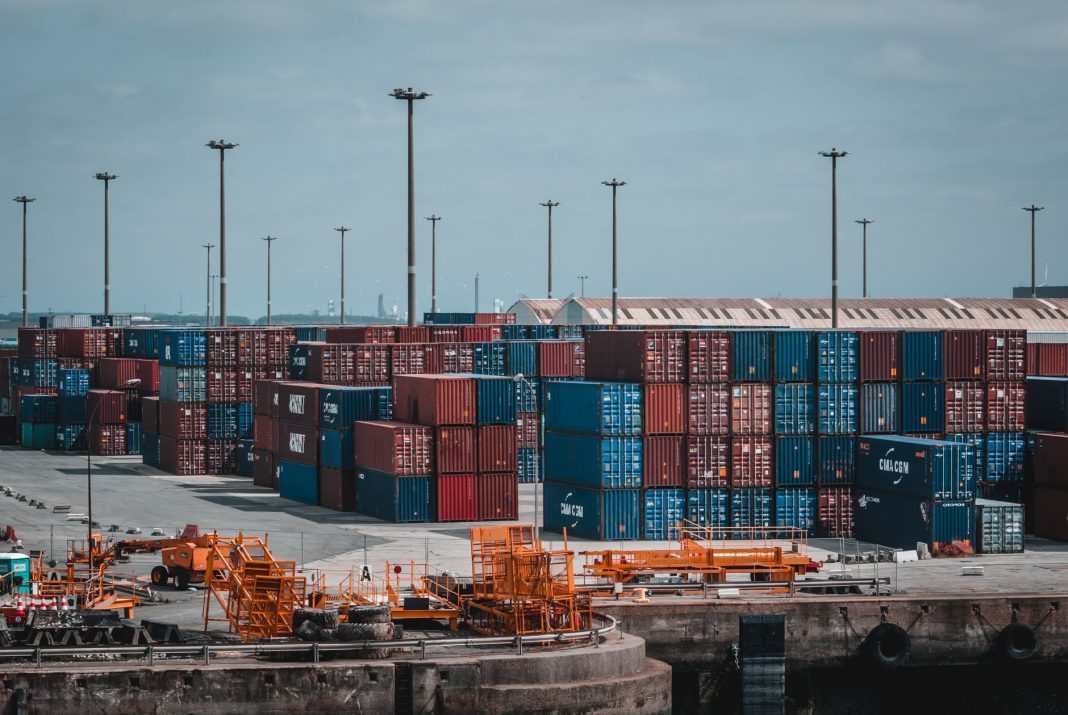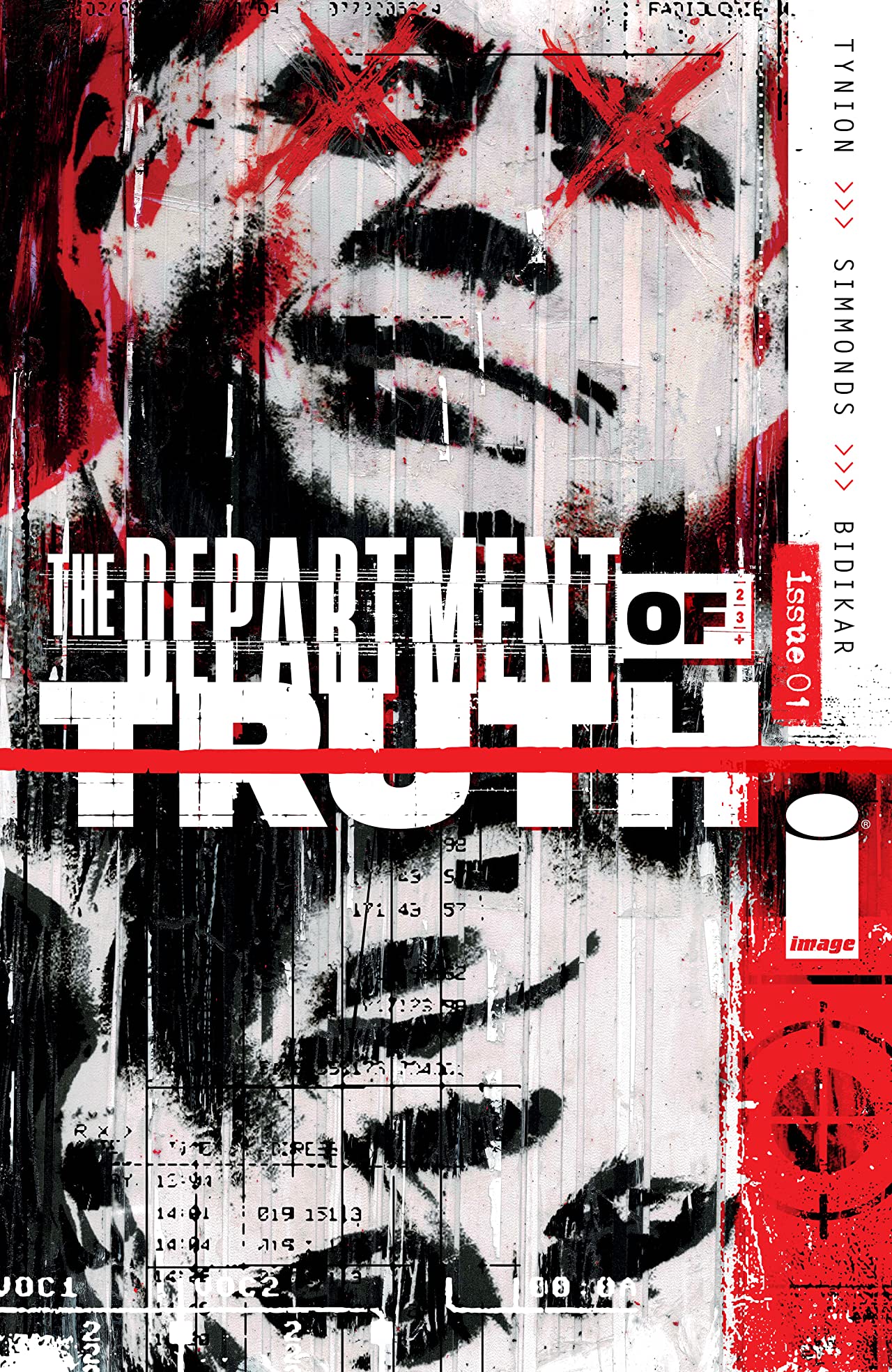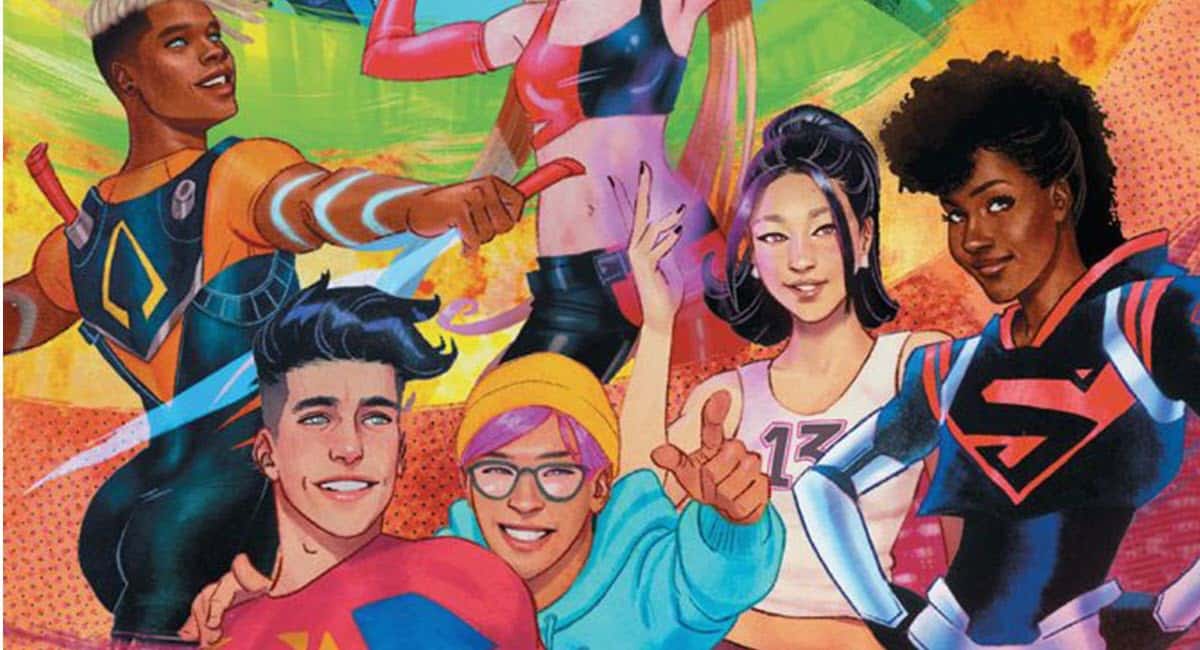Out of the frying pan and into the fire. The worldwide supply chain disruption has been gradually affecting comics releases over the last few months, with announced delays from almost every publisher. A few days ago, Image Comics told retailers they are taking one of the most drastic measures yet: no more second printings. In an email to retailers, they wrote:
FIRST THINGS FIRST. As many of you are now undoubtedly aware, the current shipping delays, supply chain crunch, and paper shortages are creating nationwide issues across many industries—and that impacts our industry too. I’m sure every publisher will have a different response to this crisis, but at Image we’re proactively streamlining our releases to reflect these circumstances.
STARTING NOW, AND FOR THE FORESEEABLE FUTURE, THERE WILL BE NO SECOND PRINTINGS OF ANY TITLE
Please keep this in mind as you order: there will be limited stock available for re-orders, and we will not be reprinting anything that sells through at the distributor level. We are also adjusting the schedule of upcoming titles over the next few weeks to reflect a more responsible usage of raw material availability. This week is a lighter offering than what you might have expected. And these printings will be the only printings. All that said
Let’s get to work.
As comics sales have surged during the pandemic, emails from Image of sellouts and reprintings have been weekly occurrences — especially for such hit titles as Department of Truth, Stray Dogs, Paprika, Echolands and many other titles, based on a quick search of my inbox.
The immediate effect will be forcing retailers to go bigger on their FOC orders, but the domino effect of the paper shortage, printing shortage, shipping crunch, trucking backload and everything else is going to mean a very rocky period for the whole comics supply chain.
The causes of the paper shortage are many. To understand the issues, here’s a piece from Vox from a few weeks back. Part of the problem is the good news: people are buying and reading lots of books.
According to industry tracker NPD Bookscan, printed book sales have increased 13.2 percent from 2020 to 2021, and 21 percent from 2019 to 2021.
“Usually a good year means going up maybe 3 or 4 percent,” says NPD books analyst Kristen McLean. “The growth that we saw last year and this year is pretty unprecedented.”
Lavish color books — including the vast majority of graphic novels — are printed overseas, mostly at Asian printers. However the shipping problems, port shutdowns and labor shortages mean those books are being delayed. And there are no domestic printers to pick up the slack:
Until 2018, there were three major printing presses in the US. Then one of them, the 125-year-old company Edwards Brothers Malloy, closed. The remaining big two, Quad and LSC, attempted to merge in 2020, but then the Justice Department filed an antitrust lawsuit. Quad responded by getting out of the book business entirely; LSC filed for bankruptcy and sold off a number of its presses. Smaller printers have continued to operate, but the infrastructure to keep up with the demand for printed books in North America is in shambles.
There’s also Transcontinental, Canada’s largest printer and the traditional press for many comic books (Oldtimers may remember their competitor, Ronalds/Quebecor) but presumably they are part of this shambles.
The shortage reaches to every corner of the industry. I was talking to one creator who has a slow-running Kickstarter. Even though he’s now ready to print the book…there’s no paper or press time to do it.
The NY Times had a story this week on the book industry’s delays, which is becoming more critical as the Christmas book-buying seasons begins. Big publishers already planned ahead for big Christmas releases, but if there’s a surprise hit, there will not be resources for more printings.
There isn’t much anyone in the book business can do to fix any of this. Retailers, authors and distributors are pleading with readers and customers to shop or order early. Publishers are planning farther out in advance and sometimes even putting shipments of books on planes. One publisher said it currently costs roughly 35 to 50 cents per book to send titles across the water, and $5 to $8 by air. No one knows when things will go back to normal, but it won’t be until long after this holiday season.
Perhaps the biggest issue going into the holidays will be reprints, which are necessary when the initial order of a book runs low and needs to be replenished. Normally, this kind of order takes about three weeks. Now, it can take three months.
As for what the ripple effects of all this will be…well, that was a topic of many speculative conversations at NYCC and Baltimore Comic Con. As one industry insider told me bluntly, “There isn’t any paper.” Some foresee an inevitable rise in cover prices, a slowdown in variant editions (the 1 in 1000 cover may be a thing of the past) and rising interest in back issues. And, of course, a shift to digital.
PRH’s initial foray into Marvel distribution also left a period of many damaged books (they’re already doing much better, I’m told) and while retailers were quickly credited for damages, they haven’t been able to get replacement copies. In other words, back issue prices for copies in good condition from this period will be steep because they are actually scarce.
Of course it isn’t just paper and books. One of the root causes of all of this is simply that Americans are just buying lots and lots of stuff. People stuck at home for the last 18 months have bought more of everything. And that means more cardboard boxes to ship everything in. My own anecdotal evidence in my apartment building has been clear: every day there is a pile of boxes from Amazon in the hall by the mailboxes. And that means that paper supplies are being converted to cardboard to ship all this stuff from Amazon. And on it goes.
The good news, sort of, is that this is a clog in the system that should eventually sort itself out. The infrastructure still exists; it just isn’t up to the volume. Publishers are already lowering the number of titles they publish, and reprints have been delayed.
But the long-term effects of this will undoubtedly be many more changes to the industry. In the short term, there are many channels of distribution available, even if there aren’t products to move through it.
And as mentioned, people who want to read comics over the long winter months (here in North America) will have many ways to do it. Marvel recently boosted its digital service. DC is doing more Webtoons. ComiXology is launching a new and better app. That whole Scottober thing looks pretty smart now, doesn’t it? And of course, all your favorite creators are releasing their comics on Substack.
And no, this doesn’t mean that digital is going to kill print comics. People like print comics and books. If that weren’t true, we wouldn’t be having a printing shortage.
Comics are riding pretty high now, and they’ll survive this. It’ll just be different. And of course, The Beat will be reporting on all the changes as they happen.
Before we go — a historical note: This isn’t the first time Image ended second printings. (Marvel very famously also had a no reprints policy back in the aughts, leading retailers to order many more Marvel comics.) The last time Image tried this, it didn’t last long. This time, they have no choice.







